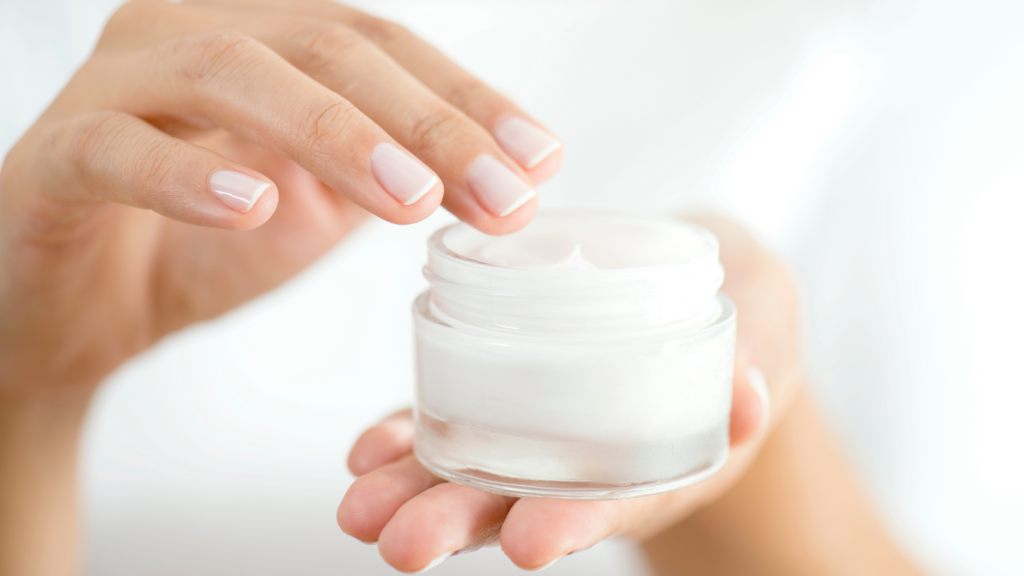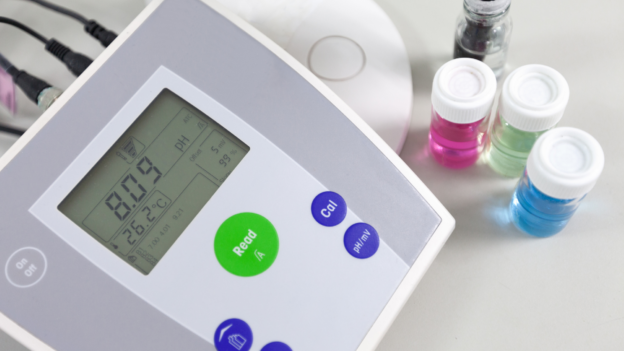Cosmetic Formulation is beautiful, pure, CHEMISTRY! You aren’t just adding raw materials together: you are creating chemical reactions! Something is always happening even when you can’t see it with your naked eyes! There is always some kind of interaction and reaction when formulating, and this is where the importance of compatibility comes to play.
There are thousands and thousands of ingredients out there – the ones you select need to be compatible with each other.
Your products should be
1. Safe when used as directed
2. Efficacious – Do what it says it will do, and
3. Stable for the duration of time it is in the market.
There is so much involved in formulating cosmetics obviously – from understanding ingredient function to the way they behave, how they should be processed, what further stability requirements they may need, etc. A cosmetic science course covers all that is necessary, so if you feel overwhelmed take a course with us. All that and the harmony of it plays a huge role in the concept of compatibility. We will, however, introduce to you a foundational aspect that remains ever-important to a newbie formulator and the seasoned cosmetic scientist alike!
The Role of pH in Formulation Compatibility.

So first of all, let us consider your formulation development from the viewpoint of pH. One very important aspect that we cosmetic scientists keep a keen eye on is the pH. The pH has a spectrum from 0 (very acidic) through 7 (neutral) to 14 (extremely alkaline). What is usually known as the skin’s pH (rather the pH of the acid mantle) is acidic. The skin’s acid mantle has a pH between 4.5 – 6.0. The skin’s ideal pH is said to be 5.5 and thereabout. Therefore, the default pH for formulating skincare products is pH 5.5. This introduces the concept of formulating skincare products based on compatibility with the acid mantle
Formulation by Skin Compatibility
Normally, skincare products are formulated to suit the ideal pH of the skin. This is always the first course of action. Most functional, supportive, and structural raw materials (additives) work well in this pH. If you go through the introductory builds and basic principles we introduce to you, the final pH is always in this range. Most traditional emulsifiers, gums, preservatives, etc, are stable and effective in this range.
Formulation by Concept
However, when you start to work with special ingredients, you’ll discover that you may need to consider formulating within a different pH range; it could be in the more acidic spectrum (e.g. pH <4.0) or leaning towards the alkaline spectrum (pH 6.5 – 7.0) They’ll still be somewhere in-between 3.5 – 7.0 for leave-on skincare – which is still fine all things being equal.
In this case, you approach a formula development based on something other than the ideal pH range of the skin’s acid mantle; Something other than the pH around 5.5 becomes your cornerstone. It could be a preservative for example.
Imagine that you want to use a natural preservative like NAB Willow bark [Aqua (and) Salix Alba (Willow Bark Extract) by Lonza] This is a special ingredient that is stable in a pH range below 4.80. Therefore, the ingredient you choose will have to be compatible with the pH range of the raw material. This can narrow down your selection a lot!
Your cornerstone could also be an active such as Sodium Ascorbyl Phosphate (SAP), which is stable at a pH of 7 and above. The rest of your ingredient selection will have to be compatible at this pH.
In conclusion, from the point of view of pH, you work backward – decide your final pH based on the concept/special ingredient, and chose ingredients that can work along that pH range.
This is a very basic but priceless principle. Our courses demystify the chemistry of raw materials and formulation principles. You’ll learn how to select ingredients, etc so that you can make beautiful and effective products with confidence and ease, and know what to do if something doesn’t turn out as expected!

